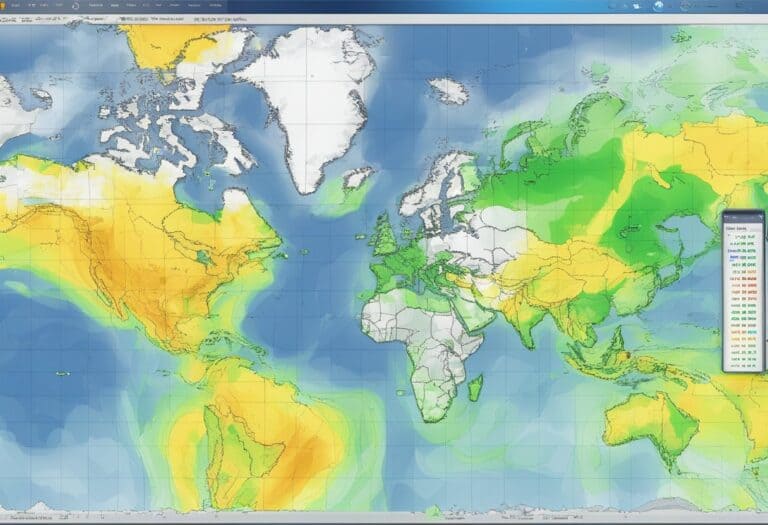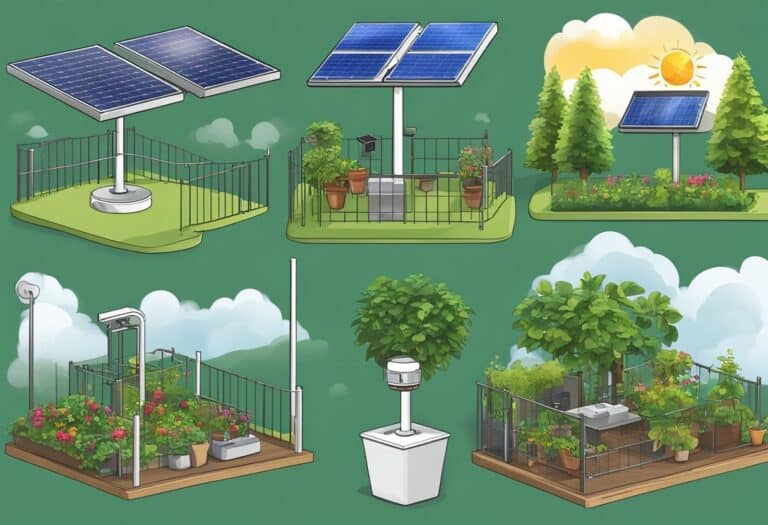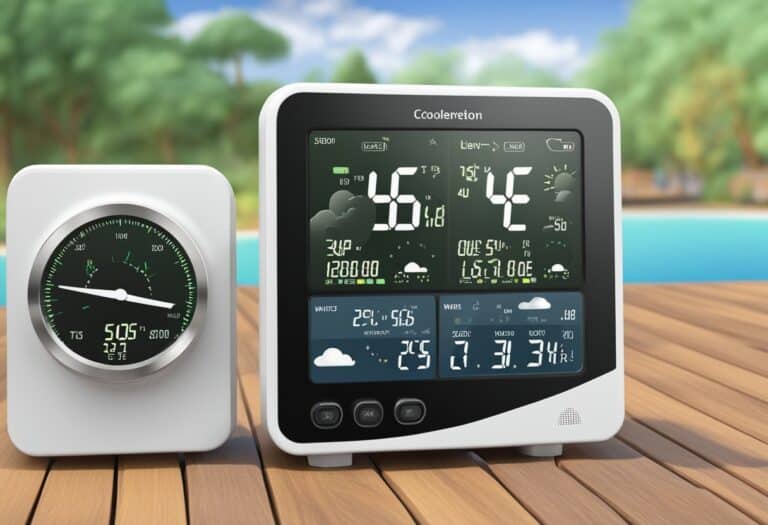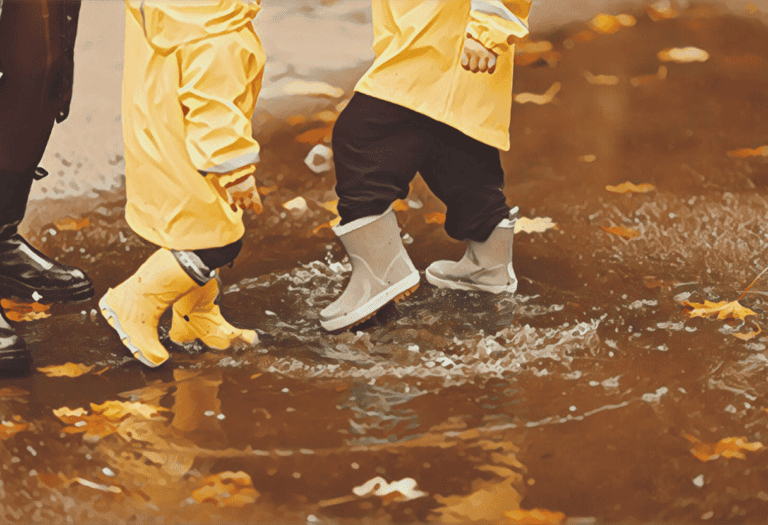A hurricane is a powerful tropical cyclone that forms over warm ocean waters and is characterized by intense winds, heavy rainfall, and often causes significant coastal and inland damage.
When the surface water temperature is high enough, generally above 26 degrees Celsius (79 degrees Fahrenheit), and other atmospheric conditions are favorable, these systems can generate extremely high wind speeds, sometimes surpassing 157 miles per hour. These storms are known for their organized structure, featuring a clear eye at the center, surrounded by a system of thunderstorms that make up the eyewall.
Monitoring the development and path of hurricanes is critical for predicting their impact and ensuring preparedness for affected regions. Advances in hurricane forecasting allow meteorologists to track these storms more accurately, providing earlier warnings to populations at risk. Forecast models assess various factors, including wind speeds, ocean temperatures, and atmospheric pressure, to predict how and where the hurricane will travel.
Consequently, communities can enact preparedness measures, such as evacuation plans and securing structures, to mitigate the damage and safeguard lives.
Hurricane: powerful tropical storm with strong winds, heavy rain, formed over warm waters. Can cause major damage. Predicting path is crucial for preparedness.
Formation and Characteristics

When you think about hurricanes, you should consider the meteorological factors that contribute to their formation, the intricate structure they possess, and the categorization system used to determine their potential impact.
Meteorological Factors
Hurricanes, also known as tropical cyclones, form over warm ocean waters. The process begins when a pre-existing weather disturbance, like a tropical wave, encounters the warm water surface, which provides the energy through evaporation. This energy, in the form of water vapor, fuels the storm. As the vapor rises and cools down, it condenses into clouds and rain, releasing heat that warms the cooler air above it, causing it to rise as well. This cycle continues and can lead to the formation of a tropical storm if wind speeds reach at least 39 mph (34 knots). However, when wind speeds surpass 74 mph (64 knots), you’re dealing with a hurricane. One key factor to note, which can inhibit hurricane formation, is wind shear; high levels can disrupt the cyclone’s structure.
The Structure of a Hurricane
A hurricane has a well-defined structure consisting of the following components:
- The Eye: The calm center of the hurricane characterized by light winds and, surprisingly, clear skies.
- Eyewall: Surrounding the eye, this area houses the highest wind speeds and most intense rainfall.
- Rainbands: These are dense bands of cumulus clouds that spiral outwards from the eyewall, capable of producing heavy bursts of rain and wind.
Understanding the structure of a hurricane is crucial for interpreting its behavior and potential for damage.
Hurricane Categories
The intensity of a hurricane is classified by the Saffir-Simpson Hurricane Wind Scale, which categorizes hurricanes into five different classifications based on their sustained wind speeds:
- Category 1: Wind speeds of 74-95 mph (minor damage potential)
- Category 2: Wind speeds of 96-110 mph (moderate damage potential)
- Category 3: Wind speeds of 111-129 mph (devastating damage potential)
- Category 4: Wind speeds of 130-156 mph (catastrophic damage potential)
- Category 5: Wind speeds of 157 mph or higher (the highest level of damage potential)
It’s important for you to understand that the higher the category, the greater the hurricane’s potential for damage. The NOAA and the World Meteorological Organization monitor and provide updates on these powerful storms to ensure public safety and awareness.
Monitoring and Prediction
Monitoring and predicting hurricanes are critical to mitigating the impact of these powerful storms on lives and property. Your understanding of the process from research to prediction can help you better prepare for hurricane season.
Roles of Hurricane Research and Tracking
Hurricane research and tracking involve a collaboration of efforts by agencies such as the National Hurricane Center (NHC) and the National Oceanic and Atmospheric Administration (NOAA). You have access to vital information through their work, which improves each year with technological advancements. Satellite imagery and storm activity data are collected to analyze and understand hurricanes in the Atlantic Basin, Northeastern Pacific, Northwestern Pacific, and Northern Indian Ocean. These bodies of water are known for producing potentially catastrophic hurricanes. Research focuses on understanding the formation and behavior of these systems, which can progress from a tropical depression to a tropical storm and finally to a full-fledged hurricane.
The Importance of Forecasting Models
Forecasting models are indispensable tools in predicting the potential path and intensity of hurricanes. They allow you to prepare for storms ahead of time, reducing potential damages. Forecast models compile vast amounts of data including wind speeds, air pressure, temperature, and humidity levels to project a storm’s trajectory. During the hurricane season, models like the Statistical Hurricane Intensity Prediction Scheme are often utilized to predict how storms will develop and move. This information is disseminated to the public, providing a crucial service that helps you and relevant authorities take the necessary precautionary steps.
Impact and Preparedness
Understanding hurricanes’ effects and how to prepare for them can save lives, minimize damage, and expedite recovery. These natural phenomena can significantly alter landscapes and disrupt communities, while effective preparation and response can mitigate some of the worst outcomes.
Effects on Landscape and Communities
Hurricanes can dramatically reshape your environment. Land areas are particularly vulnerable to storm surges, which are abnormal rises of water generated by a storm, over and above the predicted astronomical tides. These surges often lead to flooding, especially in coastal areas. For instance, during Hurricane Katrina, significant storm surges contributed to the breaching of levees in New Orleans, causing widespread destruction and direct fatalities. In addition to flooding, hurricanes can lead to landslides in areas with suitable topography, which can further devastate communities.
Intense hurricanes, like Category 5 storms, often cause extreme weather conditions. High winds can hurl debris and cause damaging winds, significantly impacting physical geography. Florida’s encounter with Hurricane Andrew in 1992, one of the most destructive windstorms in U.S. history, shows just how rapidly an intense hurricane can decimate entire neighborhoods.
Preparation and Response Strategies
Your preparation and response strategies could drastically influence the outcome of a hurricane. Meteorology and climatology provide forecasts that enable you to prepare for potential rapid intensification of storms. For maximum wind speed events like Sandy or Category 5 hurricanes, it’s crucial to heed evacuation orders. This pre-emptive action can reduce casualties and facilitate the delivery of aid.
Resources play a critical role in preparedness. Ensuring that communities have access to necessary resources before a hurricane hits can prevent a bad situation from becoming worse. Aid, whether in the form of physical supplies or supportive services, needs to be pre-staged and rapidly deployable. Effective response strategies hinge on coordinated efforts between local authorities, government agencies, and community members, prioritizing safety and the immediate needs of those affected.
Frequently Asked Questions
Gain insight into the fundamentals of hurricanes, their development, and their impact, as well as how to stay informed and prepared for these powerful storms.
How do hurricanes develop?
Hurricanes form over warm ocean waters, usually starting as a tropical wave that organizes and intensifies into a tropical storm before gaining enough energy to become a hurricane. These storms thrive on the heat released from moist air condensing, which creates a cycle that fuels the storm’s growth.
What are the stages of a hurricane?
There are five stages: tropical disturbance, tropical depression, tropical storm, hurricane, and major hurricane. As a system progresses through these stages, its wind speeds increase, which can cause the classification of the system to change.
What are the primary effects of hurricanes on human settlements?
Hurricanes can devastate human settlements with high winds, heavy rainfall, storm surges, flooding, and tornadoes. These effects can lead to significant property damage, loss of life, and disruptions to infrastructure and local economies.
What differentiates a hurricane from other types of storms?
A hurricane is characterized by low pressure, warm core, and wind speeds of at least 74 miles per hour. They form over tropical or subtropical waters, whereas other storms like nor’easters or cyclones have different formation processes, locations, and characteristics.
How can one track and prepare for an impending hurricane?
Stay informed through weather forecasts, and hurricane tracking maps provided by meteorological services. It’s crucial to have an emergency kit, evacuation plan, and to secure property as a hurricane approaches.
During which months does the Atlantic hurricane season typically occur?
The Atlantic hurricane season typically runs from June 1 to November 30, with a peak in activity from August to October when ocean temperatures are warmest.







